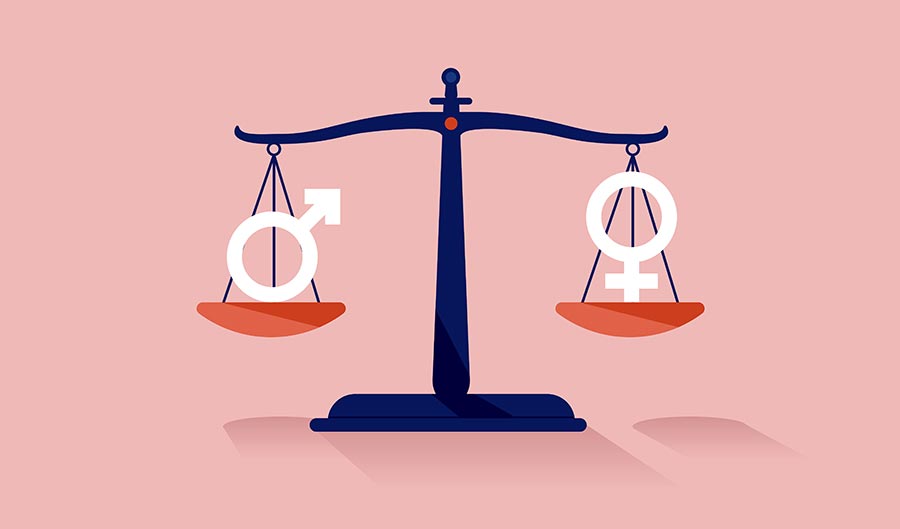course content

Women's rights between law and practice is a complex and often challenging issue. While many countries have laws and regulations in place that theoretically guarantee equal rights and opportunities for women, the actual implementation and enforcement of these laws can vary widely, leading to a gap between legal provisions and real-life experiences. Here's an overview of some key aspects of this issue:
**1. Legal Framework:**
- Many countries have made significant progress in enacting laws and policies aimed at promoting gender equality and protecting women's rights. These laws often cover areas such as equal pay, anti-discrimination, reproductive rights, and domestic violence prevention.
**2. Gender-Based Discrimination:**
- Despite legal protections, gender-based discrimination remains prevalent in many societies. Women may face discrimination in employment, education, and access to various services. Discriminatory practices can persist due to cultural norms, stereotypes, and biases.
**3. Violence Against Women:**
- Laws against violence against women exist in many countries, but violence, including domestic violence, sexual harassment, and human trafficking, remains a widespread problem. Implementation and enforcement of these laws can be inconsistent.
**4. Economic Disparities:**
- Gender pay gaps and disparities in economic opportunities persist in many parts of the world. Women are often underrepresented in leadership positions and face challenges in accessing credit and business opportunities.
**5. Reproductive Rights:**
- Reproductive rights, including access to contraception and safe abortion, are areas of ongoing debate and contention. Legal frameworks vary widely, and access to reproductive health services can be limited.
**6. Political Representation:**
- Women's representation in political leadership roles varies from country to country. While some nations have made progress in achieving gender-balanced representation, others still have a long way to go.
**7. Cultural and Societal Norms:**
- Cultural and societal norms can play a significant role in shaping the status of women. These norms can either support or hinder the implementation of legal rights. Changing deeply ingrained cultural attitudes can be a slow and challenging process.
**8. Education and Awareness:**
- Education and awareness-raising efforts are essential to bridging the gap between legal rights and practice. Promoting gender equality through education and public awareness campaigns can help challenge stereotypes and discriminatory practices.
**9. Grassroots Movements and Activism:**
- Grassroots movements and women's rights activists have played a crucial role in advocating for change and pushing for the implementation of laws that protect women's rights. Their efforts have been instrumental in driving progress.
**10. International Agreements:**
- International agreements and organizations, such as the United Nations and its conventions (e.g., CEDAW - Convention on the Elimination of All Forms of Discrimination Against Women), provide a framework for promoting and protecting women's rights globally. However, enforcement can be challenging.
In conclusion, while legal frameworks have been established to protect women's rights, the practical realization of these rights often faces significant challenges due to cultural, societal, and economic factors. Achieving gender equality and bridging the gap between law and practice requires concerted efforts from governments, civil society, and the international community to challenge discriminatory practices and promote a more inclusive and equitable society for all genders.